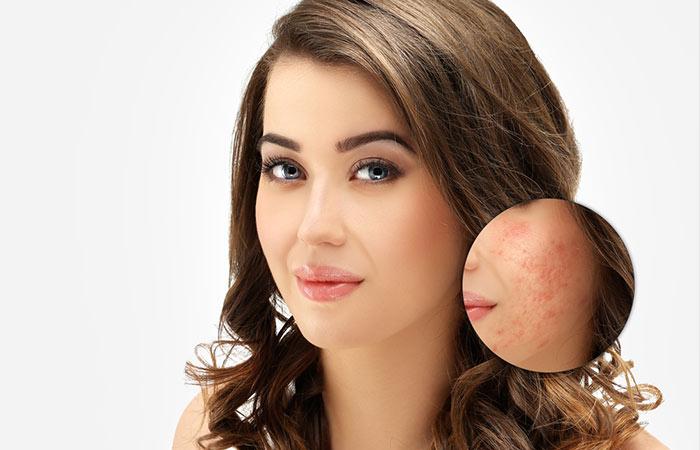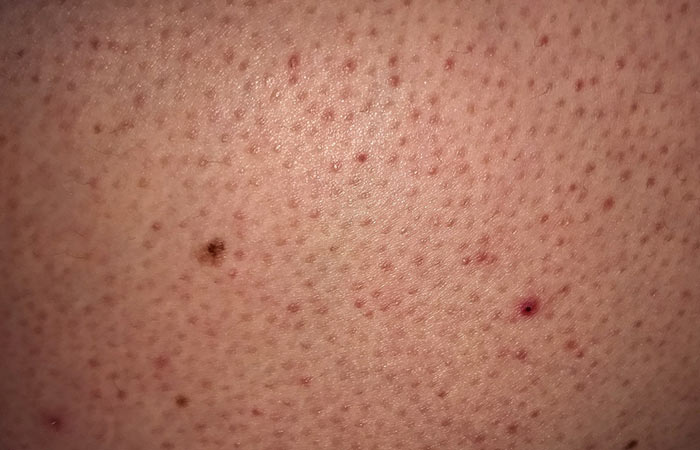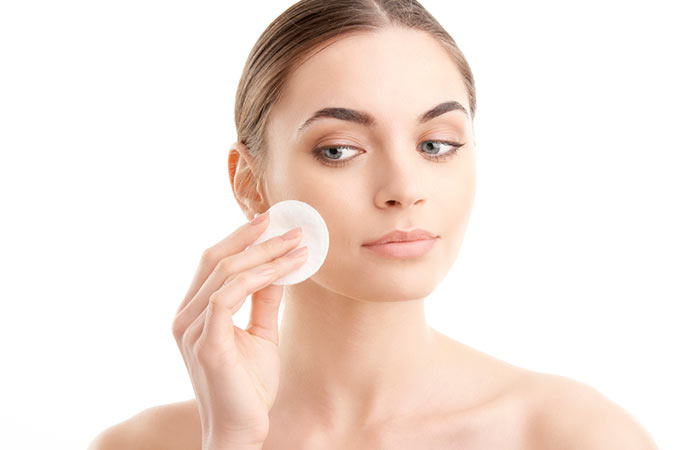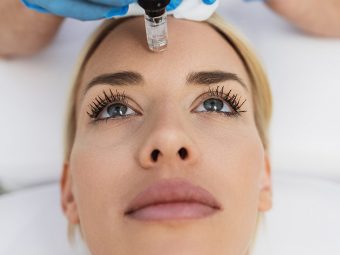What Is Glycolic Acid And How To Use It For Skin Care?
Say goodbye to many of your skin woes with proper use of this exfoliating acid.

When we talk about exfoliating acids, the first name that pops up is glycolic acid. If you are new to facial acids and wonder what is glycolic acid and why we are discussing it, you will get all your answers in this article. This alpha-hydroxy acid is a one-stop solution to all your skin care troubles. Be it uneven skin tone, enlarged pores, and fine lines – glycolic acid is the solution to all. This one ingredient should definitely be a part of your skin care routine. First, however, you must know the proper ways to use facial acid. Scroll through this article to learn everything about glycolic acid and ways to use it.
In This Article
What is Glycolic Acid?
Glycolic acid is a derivative of sugarcane and a part of the AHA (alpha hydroxy acid) family. It was first used in the cosmetic industry about 20 years ago and is known to be one of the safest and most effective AHAs for the skin. Dermatologists started using it in skin peel off procedures because its molecules are small and penetrate the skin very easily. It is now distilled, filtered, and diluted before being added to everyday beauty products. It is a great exfoliator and toner.
It’s pretty clear that glycolic acid has some great benefits to offer. So, let’s take a look at why exactly you should add it to your skin care regimen.
How Does Glycolic Acid Work And What Are Its Benefits?
- Treats Acne And Clogged Pores
The most significant advantage of glycolic acid is that it has extremely small molecules that penetrate into the skin quickly and battle acne from within. It prevents breakouts and blackheads, clears pores, and controls oil secretion.
- Battles The Effects Of Aging
The topical application of AHAs fights skin aging by reducing the appearance of wrinkles, fine lines, and crow’s feet. Using serums that contain glycolic acid and a combination of other ingredients (like vitamin C and lactic acid) over a period has a visible impact on the overall health of your skin.
- Exfoliator
Glycolic acid is known to weaken the intercellular adhesions, which means it removes dead skin cells from the skin’s epidermal surface and reduces dry patches and flakiness (1). It acts as an abrasive and tones your skin. You can use it as a toner or in the form of a scrub because it is gentle and safe.
- Skin Brightening
Topical application of glycolic acid is known to improve the texture of your skin because it clears dead cells and reduces the size of follicular pores. This, in turn, lightens and brightens your skin tone (2).
- Treats Ingrown Hair And Keratosis Pilaris
Chicken skin or keratosis pilaris is a condition characterized by thick, rough, and bumpy skin in the underarm area. It is caused by a build-up of keratin around the hair follicles. The only way to keep it under control is to exfoliate your skin regularly. Use a glycolic acid-based product to scrub your skin on a regular basis. This is also an effective treatment for ingrown hair.
- Stimulates Collagen Production
Collagen is an essential protein that is responsible for your skin’s firmness and elasticity. Aging and environmental stressors slow down the collagen production in your skin, leading to fine lines and wrinkles. Glycolic acid-based products stimulate collagen production and make your skin look youthful (3).
- Moisturizing
As you age, the skin on your face, hands, and feet starts becoming dry and flaky. Glycolic acid removes dead skin cells, smoothens your skin, and rejuvenates it. You can use it on your face as well as the rest of your body.
- Skin Toning
Toning is one of the most critical steps in your skincare routine. It clears out your pores and removes oil build-up, makeup, and dirt. A glycolic acid-based toner unclogs pores, shrinks them, and hydrates your skin. It also improves the firmness of your skin.
Now that you know all the amazing benefits that glycolic acid has to offer, you must be dying to know how to use it. Keep reading to find out!
How To Use Glycolic Acid For Skin Care
- It is best to use products that contain glycolic acid instead of using glycolic acid directly on your skin as it can cause irritation and burning.
- Look for products that contain glycolic acid in its potent form. They are safe to use.
- Stay away from DIY recipes for masks and peels using glycolic acid unless you have relevant experience in the area or know what you are dealing with.
- Stick to over-the-counter glycolic acid products.
- Always remember to follow up glycolic acid with sunscreen because the former makes your skin more vulnerable to sun damage.
- If you have sensitive skin, start off with a lower concentration of glycolic acid and slowly work your way up.
What Are The Side Effects Of Glycolic Acid?
- Glycolic acid makes your skin susceptible to sunburn and tan, so you need to follow it up with sunscreen.
- Using high concentrations of glycolic acid without guidance can cause burns and damage your skin.
- Since it a strong exfoliant, it can dry out your skin. Therefore, moisturize your skin after using it.
- It can cause mild irritation, redness, bumps, or itching on sensitive skin.
Glycolic acid is an alpha-hydroxy acid that is used to combat several skincare concerns. The benefits of incorporating glycolic acid in your skincare regimen include unclogging your pores, removing dead skin, brightening your skin, and hydrating your skin. Ensure that you use low concentration glycolic acid and follow the instructions given on the product. Directly using a high concentration of glycolic acid on your skin results in side effects such as burns, redness, bumps, irritation, and dry skin. Hopefully, this article answers your question about what is glycolic acid and how to use it safely.
Frequently Asked Questions
What are the natural sources of glycolic acid?
The major source of glycolic acid is sugar cane. Other sources include beets, pineapple, milk, apples, and all kinds of citrus fruits. It can also be produced synthetically.
At what percentage concentration is glycolic acid effective?
Everyday products need to contain a minimum of 10% glycolic acid effective. Chemical peels and other dermatology treatments use about 20-30% potent glycolic acid. It is advisable that you do undergo these treatments only once every 6 months.
How long does glycolic acid take to work?
Just like every other skin care treatment, consistency is key when using glycolic acid products. The effects start showing in 2-3 weeks, and a complete skin transformation takes about 6-8 months.
What is the difference between glycolic acid and salicylic acid?
Glycolic acid is an AHA (alpha hydroxy acid) that is highly soluble in water, and it is best suited for hydration, exfoliation, and repairing sun damage. Salicylic acid is a BHA (beta hydroxy acid) and is soluble in oil. It penetrates through oily skin layers and helps with exfoliation, just like glycolic acid.
Sources
Articles on StyleCraze are backed by verified information from peer-reviewed and academic research papers, reputed organizations, research institutions, and medical associations to ensure accuracy and relevance. Read our editorial policy to learn more.
- “An antiaging skin care system containing alpha hydroxy acids…” US National Library of Medicine
- “Glycolic acid peel therapy – a current review” US National Library of Medicine
- “Increased in vivo collagen synthesis and in vitro cell proliferative effect of glycolic acid.” US National Library of Medicine




















